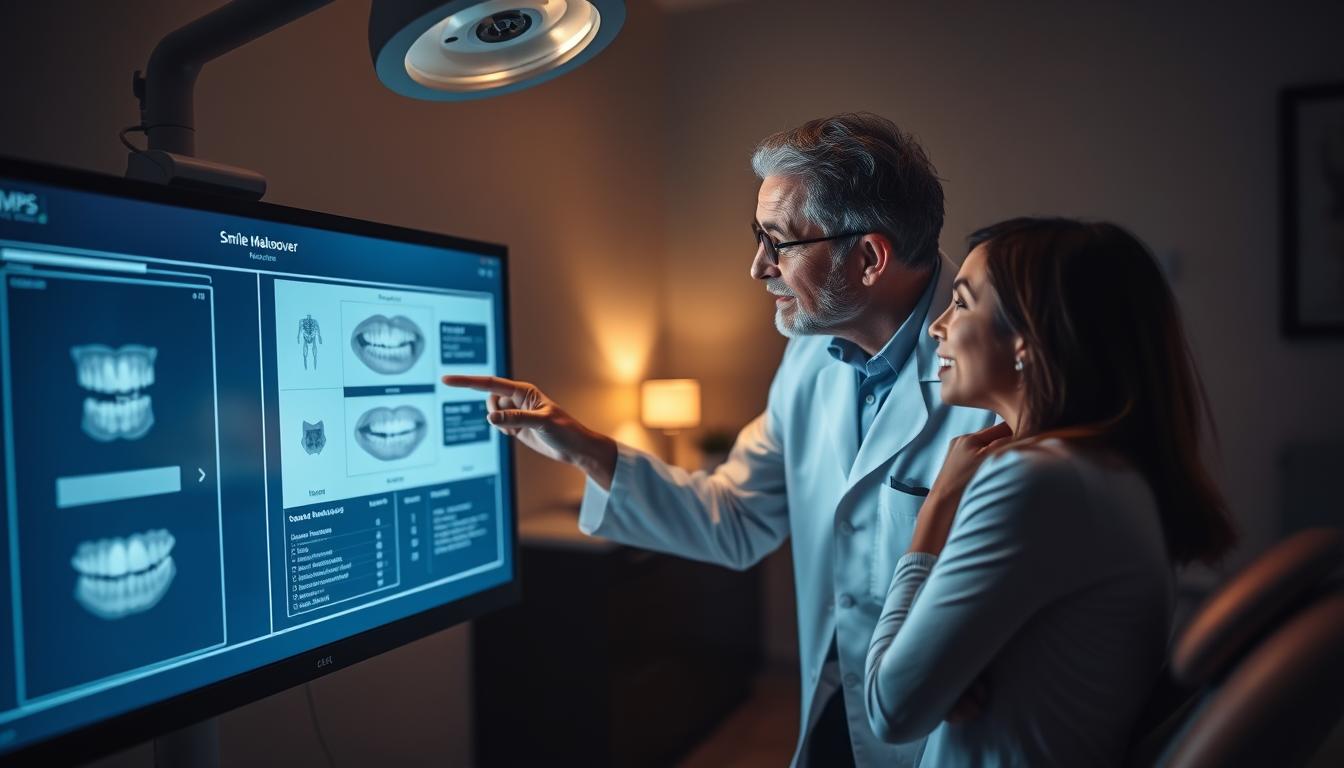Skin cancer screenings are a proactive way to stay aware of changes in the skin that may indicate underlying conditions. While general recommendations often highlight who should get screened and how often, lifestyle factors play a significant role in determining individual needs. For those who spend a lot of time outdoors, have a history of tanning, or engage in certain activities, screenings could potentially be a more regular part of their healthcare routine.
What Do Skin Cancer Screenings Involve?
A skin cancer screening is a visual examination of your skin conducted by a healthcare provider. During the screening, the provider carefully examines moles, spots, or any unusual lesions on your skin to identify any areas that may need closer inspection. These screenings are non-invasive and do not typically involve any complex imaging or painful procedures.
If a spot appears suspicious during the exam, your doctor may recommend closer examination through procedures such as dermatoscopy. They may also recommend a biopsy to analyze the skin’s condition further. Dermatologists document the size, shape, and color of moles and keep track of any changes observed over time. The process is highly methodical, focusing on identifying potentially atypical growths that could require further attention.
How Often Should You Get a Screening?
There is no universal timeline for skin cancer screenings because recommendations vary based on individual risk factors. People with a history of skin cancer, an extensive number of moles, or fair skin that burns easily may discuss more frequent screenings with their healthcare providers. On average, many individuals without high-risk factors may have a screening annually during their routine check-up.
Self-examinations at home are an accessible way to monitor changes in the skin between professional screenings. Dermatologists often recommend examining your body systematically. Individuals should note any changes in the size, shape, or symmetry of moles with guidelines like the ABCDE rule.
How Can Lifestyle Affect Screenings?
Lifestyle factors significantly influence how often you may need a skin screening. These factors typically involve how often your skin is exposed to harmful irritants. Below are a few examples:
- Sun Exposure and Outdoor Activities: Prolonged exposure to UV radiation from the sun raises the likelihood of skin damage, which is why individuals in these categories may need to attend screenings more often.
- Previous Use of Tanning Equipment: Those who have used tanning beds or booths in the past might require more frequent screenings due to the high concentration of UV radiation these machines emit.
- Skin Type and Family History: Certain lifestyle and genetic factors are interrelated. Individuals with light skin tones who spend time tanning may face compounded risks compared to those with darker skin tones. A family history of skin cancer combined with these lifestyle behaviors might further shape the frequency of professional skin checks.
Meet With a Specialist for a Screening
Being proactive with skin health is an integral step toward long-term well-being. Skin cancer screenings are straightforward procedures that provide peace of mind by monitoring for any unusual changes. While general screening schedules serve as a baseline, factors like sun exposure and tanning equipment use play into how often an individual might schedule their screenings. Find a specialist to begin your screenings today and make your skin health a regular part of your wellness routine.



